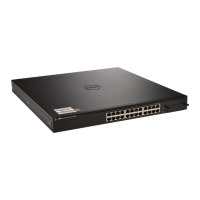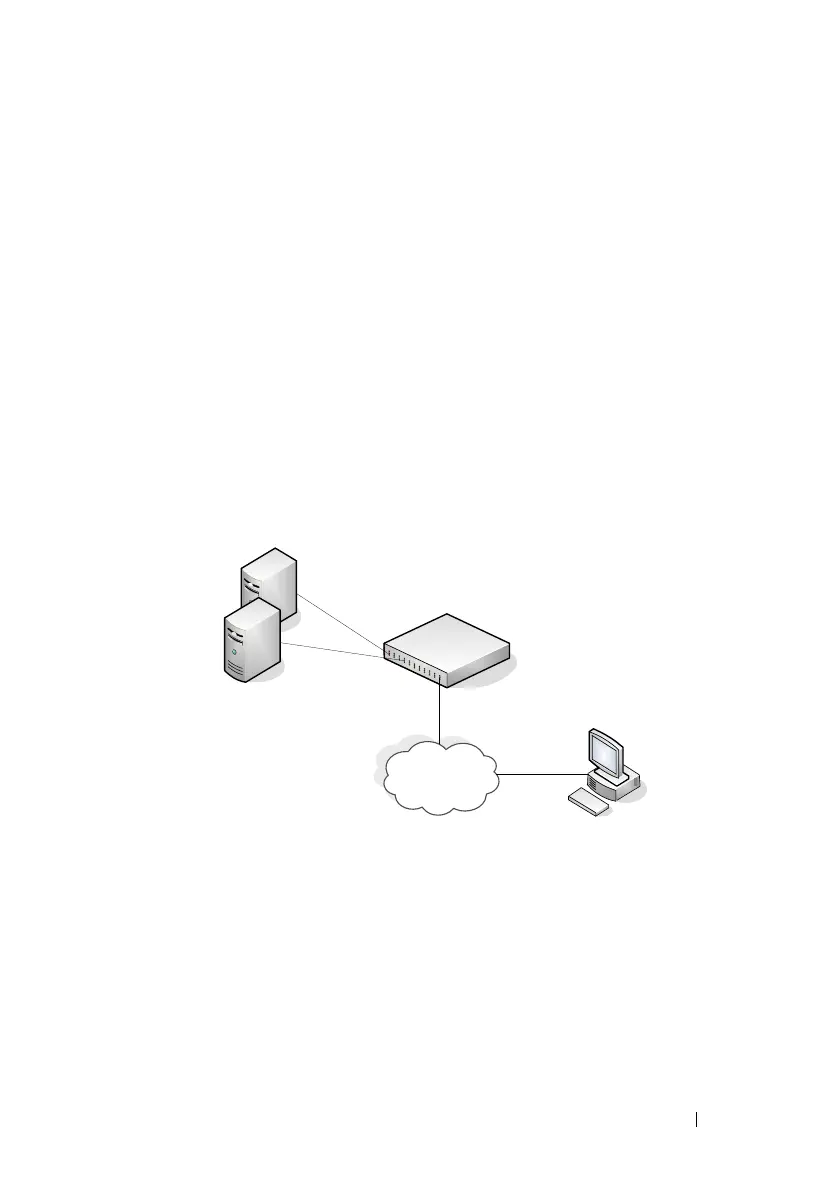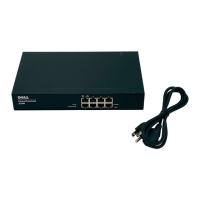Configuring Authentication, Authorization, and Accounting 195
“secret”. This “secret” is used to generate one-way encrypted authenticators
that are present in all RADIUS packets. The “secret” is never transmitted over
the network.
RADIUS conforms to a secure communications client/server model using
UDP as a transport protocol. It is extremely flexible, supporting a variety of
methods to authenticate and statistically track users. RADIUS is also
extensible, allowing for new methods of authentication to be added without
disrupting existing functionality.
As a user attempts to connect to the switch management interface, the switch
first detects the contact and prompts the user for a name and password. The
switch encrypts the supplied information, and a RADIUS client transports
the request to a pre-configured RADIUS server.
Figure 10-1. RADIUS Topology
The server can authenticate the user itself or make use of a back-end device to
ascertain authenticity. In either case a response may or may not be
forthcoming to the client. If the server accepts the user, it returns a positive
result with attributes containing configuration information. If the server
rejects the user, it returns a negative result. If the server rejects the client or
the shared
secrets
differ, the server returns no result. If the server requires
additional verification from the user, it returns a challenge, and the request
process begins again.
Management Host
Primary RADIUS Server
Backup RADIUS Server
Management
Network
PowerConnect Switch

